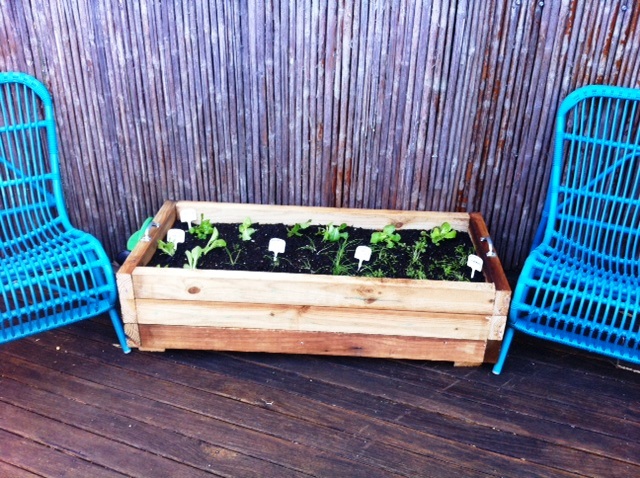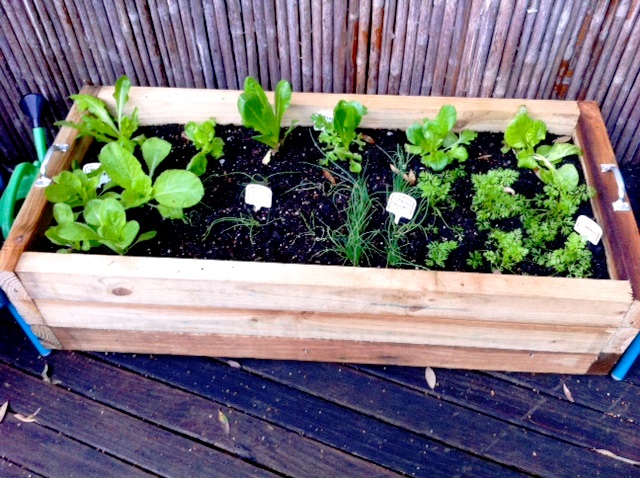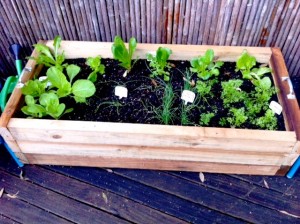So you want to create an Organic veggie patch but you’re not 100% sure how to go about it?
You’re not alone.
I was in the same boat until a couple of weeks ago my partner offered to build me a wooden planter box to get started. We researched which veggies were best for this time of the year and off we went to our local nursery.
This little project has been our baby ever since and although we’re still a few weeks away from reaping the rewards, it’s been very fulfilling to watch it grow over the last couple of weeks.
Starting your Organic veggie garden in the right place will make a huge difference right from the start. There are a few things you want to keep in mind:
- Sun: You want a site that offers as much direct sunlight as possible — at least 6 hours, and preferably 8, during your main growing season. If you don’t have a space available that offers that much sun, don’t despair — there are crops you can grow without full sun.
- Access to water, tools, compost. You don’t want to have to drag tools from the other end of your yard, and carting a watering can around isn’t much fun, either. Make it easy on yourself, and try to situate your veggie garden bed in a convenient place.
- Wind: If you live in a windy area, consider trying to position your garden in a place that has a hedge, wall, or other structure nearby to reduce the effect of high winds. If you don’t already have some type of windbreak in place, consider setting up strong lattices nearby to serve this purpose.
Soil Considerations
How is the soil in your potential veggie garden area? Is it rocky and full of tree roots? You may want to consider building a raised bed vegetable garden. If not, then you could go ahead and double-dig the existing soil and try to grow there. Either way, it’s important to assess your existing soil to see what you need to do to make it perfect for growing organic vegetables.
Plants and Seeds
You’ll want to start with organically-grown plants and seeds. Conventionally-grown plants are often already loaded with pesticides and chemical fertilizers — exactly the types of things you’re trying to avoid in your vegetable garden. Organically-produced seeds are harvested from organically-grown plants, never treated with chemical pesticides or fungicides, and never genetically modified.
Plant, Grow, and Harvest!
Now that you’ve got the garden sited and the soil amended, the organic plants and seeds bought — now it’s time to plant and tend your garden. Look up information on the types of veggies you want to grow to ensure that you’re providing them with the right amount of water and nutrients.
Pay close attention to your garden so that you catch pest and disease problems right away. The biggest part of growing a healthy garden is simply paying attention. If you do that, you’re well on your way to a healthy, beautiful, organic veggie garden, it’s that easy… go on, have a grow!
You can see my little project coming to life in the photos below, I’ll be sure to post some follow up pics at harvest time!
Until next time,
Tiarna

WEEK 1

WEEK 3



You must be logged in to post a comment.